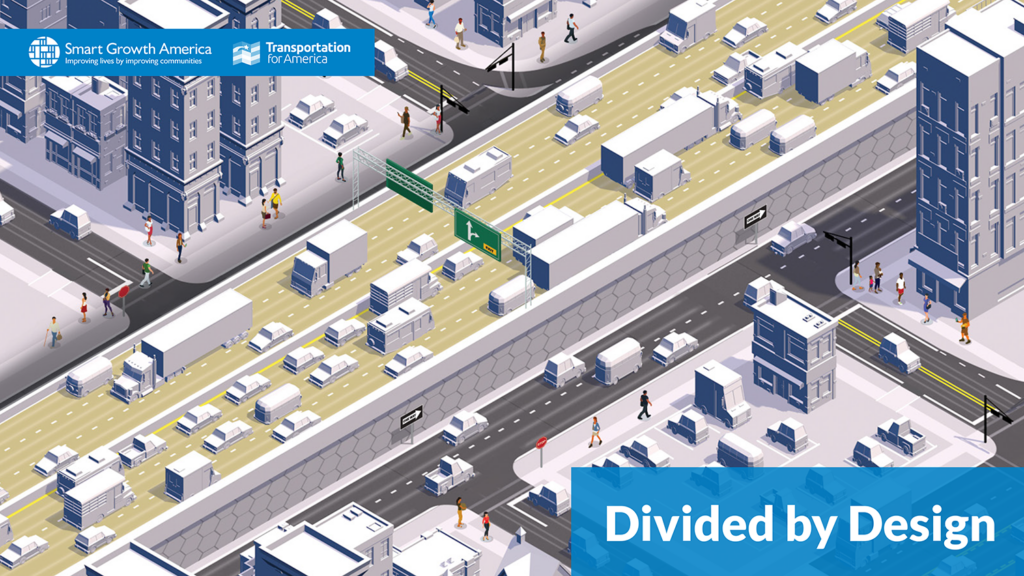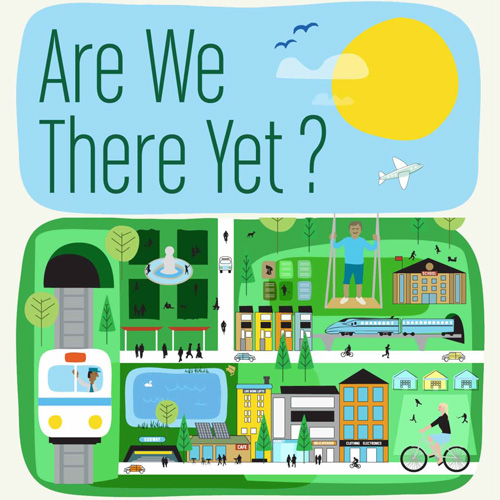
Examining the progress made — and still needed — in communities across the country
Reconnecting America today released a trove of data measuring access, walkability, affordability and livability in an ambitious report dubbed Are We There Yet? Creating Complete Communities for 21st Century America.
 Though not (yet) in common parlance, some planners and advocates have used “complete communities” to connote neighborhoods that offer access to jobs, a range of housing types and costs and transportation options that begin and end with a safe walking trip.
Though not (yet) in common parlance, some planners and advocates have used “complete communities” to connote neighborhoods that offer access to jobs, a range of housing types and costs and transportation options that begin and end with a safe walking trip.
This report analyzes 366 metro areas to identify where they have complete communities, as well as “opportunity areas” that have the bones that can be fleshed out as complete communities. Amassing a wealth of indicator statistics, the report then gives every region a letter grade in four areas: Living, Working, Moving and Thriving.
For “living”, the authors looked at indicators such as how many homes were within easy reach of a rail line or bus rapid transit, how many were living in “opportunity areas”, etc. Similarly, “working” statistics examined how many jobs are within reach of transit and walkable neighborhoods, and how densely jobs are concentrated. “Moving” looks at how robust the transit network is and how safe or dangerous the streets are for people on foot, among other indicators. And “thriving” assesses health measures, such as asthma and obesity rates and the prevalence of food deserts and fast food outlets.
Under this grading system, among regions over 3 million, New York and San Francisco each get straight A’s. Riverside, CA, gets all D’s, while Atlanta and Dallas each get a C and three Ds. Valedictorians among those 500,000 to 3 million include Portland and San Jose, while Richmond and Greenville, SC join the remedial class.
While the letter grades offer easy comparisons and potential bragging rights, it is the aggregation of all these indicators in one place that makes the report interesting and valuable to those looking to make – and track – progress in their own communities.




